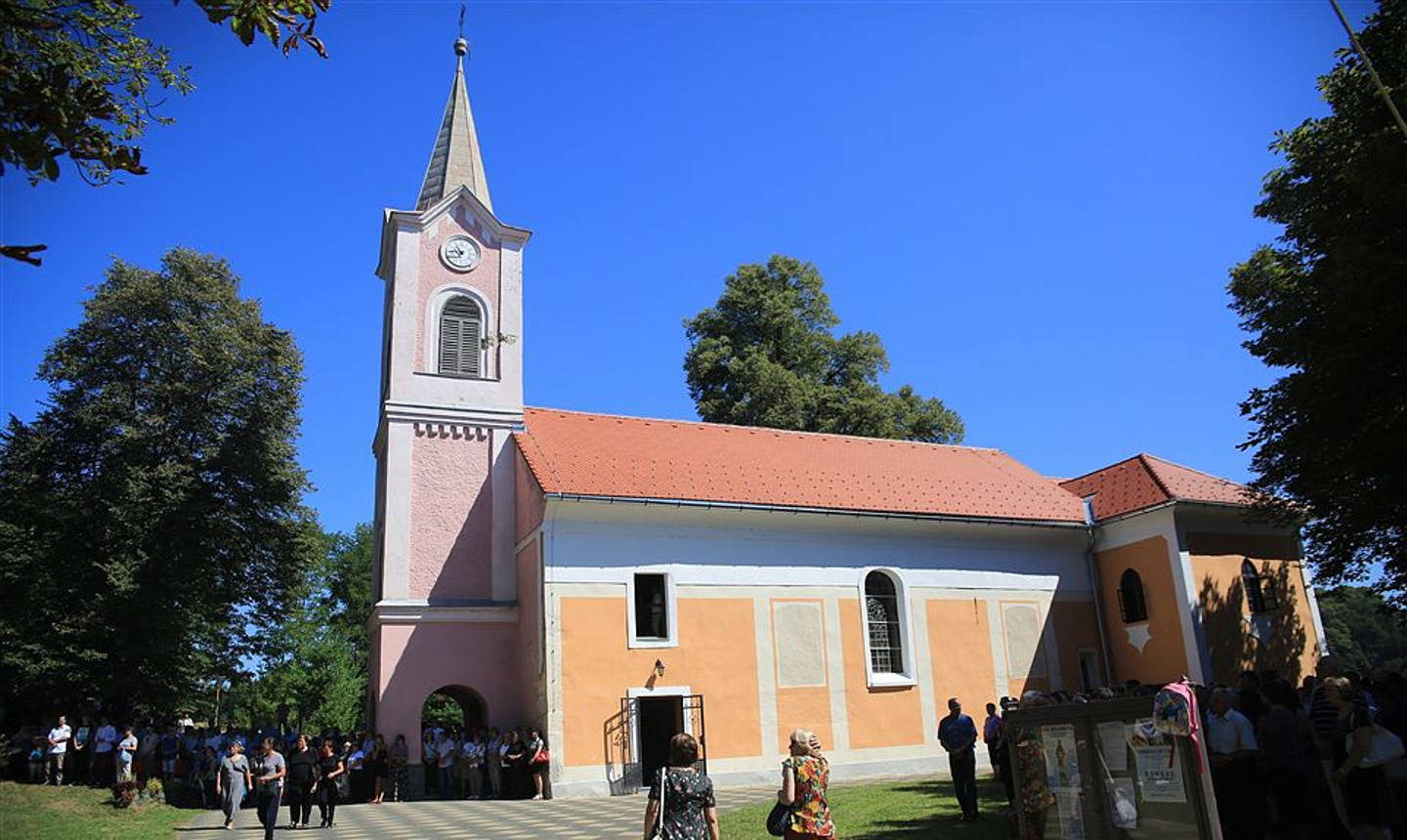 A town on a peninsula (once on an island – the isthmus separating it from the mainland was filled in only in the 18th century.) founded by the Romans. The settlement in the 5th century was called Neapolis, but its Slavic counterpart, Novigrad, caught on quickly. In the Middle Ages, do 1228 r. Novigrad was the seat of bishops, but in 1270 r. shared the fate of other coastal towns – came under the rule of the Venetian Republic, which determined his fate up to 1797 r. Then, do 1918 r. it was within the Habsburg state, and then Italy. W 1945 r. became part of the so-called. area B of the free city of Trieste. W 1953 r. it was incorporated into Yugoslavia.
A town on a peninsula (once on an island – the isthmus separating it from the mainland was filled in only in the 18th century.) founded by the Romans. The settlement in the 5th century was called Neapolis, but its Slavic counterpart, Novigrad, caught on quickly. In the Middle Ages, do 1228 r. Novigrad was the seat of bishops, but in 1270 r. shared the fate of other coastal towns – came under the rule of the Venetian Republic, which determined his fate up to 1797 r. Then, do 1918 r. it was within the Habsburg state, and then Italy. W 1945 r. became part of the so-called. area B of the free city of Trieste. W 1953 r. it was incorporated into Yugoslavia.
Sightseeing
You can start exploring the sights of Novigrad on ul. Gradskih vrata from the Church of the Blessed Virgin Mary (Church of the Blessed Virgin Mary) with a low belfry made of stone blocks. It was established in the 15th century. and belonged in turn to the Dominicans, Augustinians and Franciscans. From under the church, you can see well-preserved high defensive walls with battlements, running transversely to ul. City gates. This is where the old part of the city begins. The walls have survived not only here; their long stretches also extend along the southern shore of the old town, at the back of the buildings at ul. I twisted, almost to the Rotonda hotel.
Behind the defensive walls, ul. Gradskih vrata leads straight to Vieliki trg, where a lot of cultural events take place in summer. The largest and most valuable monument in Novigrad stands here – church of st. st. Great, Pelagia and Maximilian (parish church of st. Mary, sv. Pelagie and St.. Maximiliana; it can be accessed through a side door). The temple was built in the thirteenth century. Despite the reconstruction in the years 1745-1775, when it was given the baroque style, it has preserved the details of the old Christian basilica. Next to it there is a belfry with triple windows on the top floor. A flat ceiling with paintings in three medallions covers a rather average three-nave interior, with a chancel with a gallery and a huge painting in a semicircular dome, depicting God the Father and Christ surrounded by angels. Marble baroque altars, main and side, come from the 18th century.
An architectural curiosity has been preserved under the temple (entrance to the basement in the left side aisle). It is a rare three-nave crypt with a vaulted ceiling supported by columns, with Roman and pre-Romanesque sarcophagi.
Behind the church, a small park with swings for children has been arranged by the sea (Park of the Novigrad diocese). A long breakwater starts here, through which the waves pour over on windy days. Turn right along the coastal promenade, you can walk to ul. Porporela and back to ul. Mandać at the harbor bay.
There is also ul. Big, with a lot of souvenir shops, eatery (m.in. Rigo Gallery at no. 5) and some nice houses, e.g.. 15th-century building with Gothic windows (no 33).
Cyclical events
In July and August, Novigradsko Kultno Ljeto takes place in Novigrad. Most of the concerts take place in the church of St.. Pelagia or on the Vieliki Trog. During the event, soloists and Croatian and foreign ensembles perform, folk dance groups present themselves, exhibitions are organized. The Musie Nights blues festival begins in mid-July, one of the largest in the Mediterranean. A month later, you can listen to concerts as part of Jazz Night.